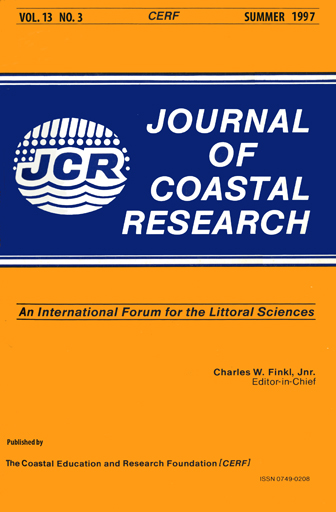Modeling Impacts of Louisiana Barrier Islands on Wetland Hydrology
Keywords:
Restoration, assessment, tides, hurricaneAbstract
Management and restoration of natural systems requires the quantitative assessment of the impact and cost effectiveness of management alternatives. This paper provides a description of the methodology being used in Louisiana to evaluate the role of barrier islands in influencing wetland hydrology and some preliminary results. The steps that were taken to develop the methodology are reviewed. The objective of the evaluation was to determine the effect of barrier island geometry on the duration and depth of inundation of coastal wetlands under average and extreme conditions. The model selected for use was the overland flooding model developed by the Federal Emergency Management
Agency to predict hurricane flood elevations for the National Flood Insurance Program. The model uses an explicit, two dimensional, spaced staggered, finite difference scheme to simulate the flow of water caused by tides and wind systems. The current size of the inlets between the islands is several times the equilibrium area based upon the tidal prisms. Slight reductions in the cross sectional areas of the inlets between the islands had only a very minor effect on reducing the depth and duration of wetland flooding. If the barrier islands were removed from the model, the depth and duration of tidal flooding slightly increased. Under extreme conditions, the island height and inlet size did have a significant effect on the depth and duration of wetland flooding. Hurricane Andrew produced a maximum surge elevation at Cocodrie of about 2.7 m. The predicted surge elevation at Cocodrie would have been about .3 m higher if the present barrier islands were destroyed and would have been as much as 1.2 to 1.5 m lower if the barrier islands were raised and the inlets narrowed.


